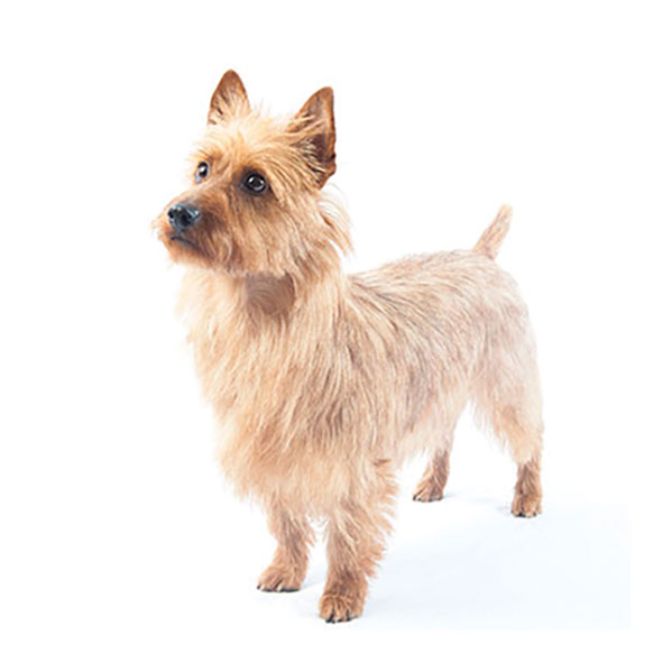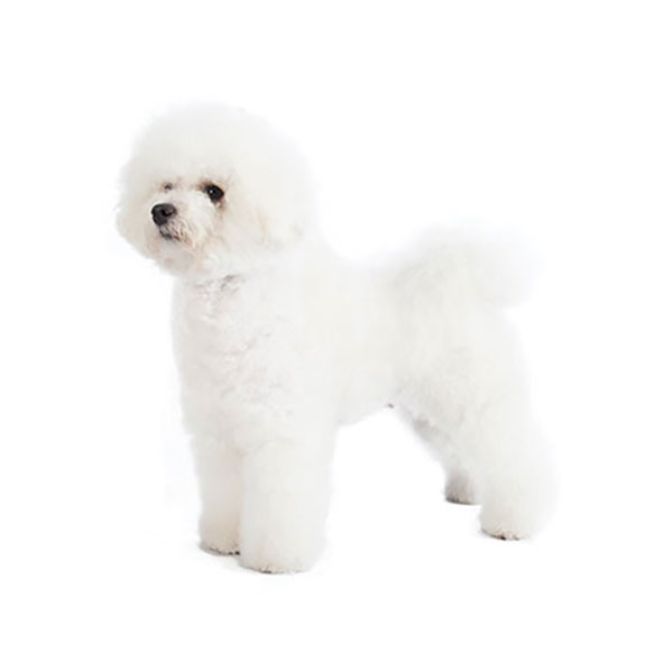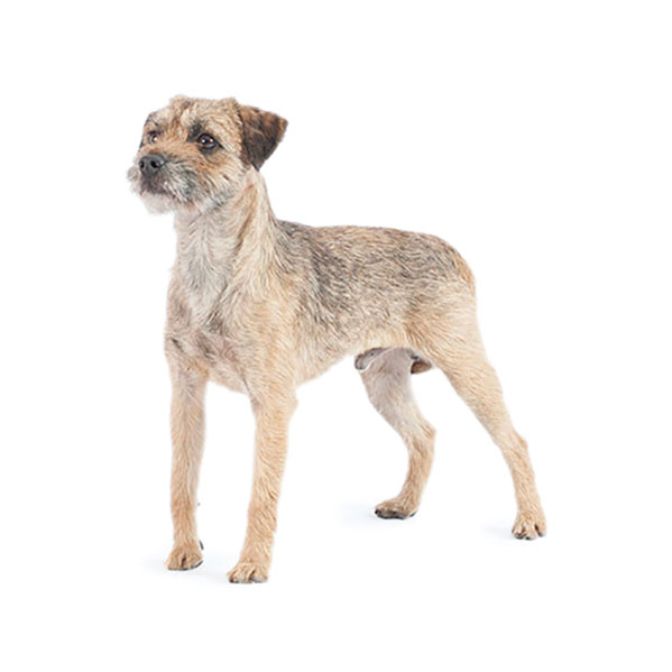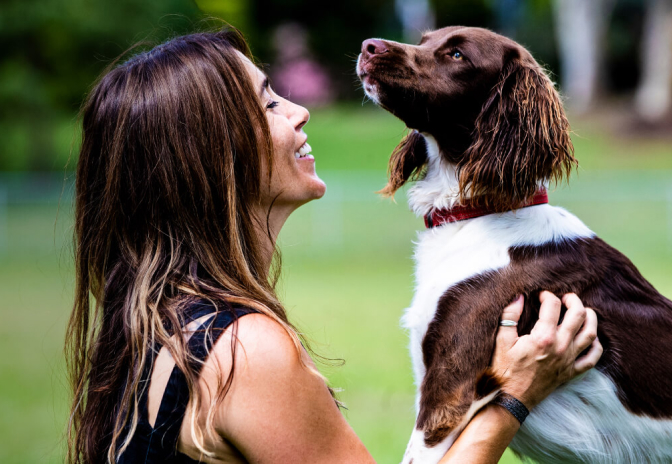Basenji
The Basenji is alert and intelligent but is at the same time spirited and anxious. This personality combination makes them a challenge to train. They should be socialised early, especially with other dogs, as there is a breed tendency to fight which can be curbed. This breed will never excel in obedience competitions, but it can be gently shown the way to fit in the role of a family pet.
Medium
Smooth
The Basenji bitch averages 40cm tall at the withers and the dog is slightly larger at 43cm.
High
The Basenji bitch weighs in at 9.5 kg while the dog, 11 kg.
Agility, Field Trials, Hunting Tests, Conformation, Lure Coursing, Obedience
This is a very alert and intelligent dog, but it has been likened to a cat in more ways than one. Very clean and prone to self-grooming the Basenji is nearly odour free. They have also been known to climb trees and fences as cats do.
This breed does adore their owners and will be affectionate, however, they tend to be aloof with strangers. Due to their inability to bark, they cannot be relied on to guard.
Basenjis tend to argue with other dogs but will get along with human family members. As this breed has been specifically bred to hunt rodents, small pets probably will not get on well with Basenjis.
This is a small to medium sized smooth coated dog with a distinctive tightly curled tail. The wedge-shaped face with the wrinkled forehead are also peculiar to the breed.
The Basenji should be fairly finely boned and short coupled, creating the image of a graceful, lithe and compact creature. These dogs are unique in the fact that they do not bark. They do however make all the other usual doggie sounds and they will yodel when excited.
12 to 16 years
The glossy coat of the Basenji comes in chestnut red, black and tri-colours. All coats have the white markings on the chest, feet, tip of the tail and as a blaze on the forehead. In its native country, the Basenji can also be seen in brindle and blue merle coat colours.
The Basenji does most of its own grooming and upkeep. The coat can be wiped down with a glove from time to time to remove loose hairs. Ears and nails can be checked periodically. Otherwise, little else needs to be done.
There are several hereditary defects which plague the Basenji. Among them is Fanconi's syndrome, which is a dysfunction of the proximal kidney tubules.
Pyruvate kinase deficiency also attacks Basenjis leading to an early death caused by severe anemia.
Lymphagectasia is the dilation of the lymph vessels, manifesting in diarrohea, swollen abdomen and weight loss.
Basenjis are also sensitive to certain flea products and are more susceptible to enteritis than most dogs.
The Basenji can generally be fed a normal dog food diet. However, Basenjis will steal any food that is left lying around, and as a result, can quickly become overweight.
Basenjis originate from pariah dogs, having characteristics particular to this group of canids. Pariahs have the tightly curled tail and a once yearly oestrus cycle, rather than the more common bi-annual oestrus cycle of the domestic dog.
Basenjis were probably bred to be companion dogs for the Pharoahs and there are portraits of Basenjis in the Egyptian pyramids. With time the breed moved down to Central Africa where it was used to kill the long toothed and reed rats in the Congo region. These large, vicious rats were a real threat to the native people's livestock and a good hunting dog was essential for survival.
The Basenji was also used to point, retrieve and drive game into a net, as well as track wounded prey.
They are excellent all round hunting dogs and their place in the hound group is somewhat misleading. While the breed has been long established it wasn't known to the Western World until the time of the Victorians.
Early African explorers remarked on a 'barkless dog' and finally a pair of Basenjis was brought to England in 1895. Unfortunately, the pair succumbed to distemper, as this disease was then unknown in Africa. However, the pair, exhibited as "Lagos Bush Dogs," were exhibited at Crufts before expiring.
In 1923, Hellen Nutting brought 6 more Basenjis to England, all of whom died of Distemper. It wasn't until 1936 that 'Bongo of Blean' and 'Bokoto of Blean,' being known as "Congo Terriers," lived long enough to breed a litter.
In 1937, the breed was taken to America, again many exports dying of distemper until 1942, when enough survived that a breed club could be formed and the Basenji was later recognised by the AKC in 1943.
Current breeders still look to Central Africa for stock.
An elegant, lightly built hunting dog from Africa, the Basenji is known as the “Barkless Dog” due to his making a noise that sounds like a yodel when excited.





